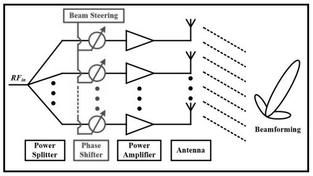Beam sweeping Vs Beam refinement Vs Beam switching : Key Differences Explained
Advertisement
Introduction
The beamforming techniques are used to direct radio signals in specific directions using antenna arrays. These are used in wireless communication systems such as 5G NR and mmwave. Three critical techniques that support efficient beamforming are beam sweeping, beam refinement and beam switching.
Beam Sweeping
It is the process of systematically scanning a coverage area using a sequence of narrow directional beams to discover or connect to a device.
- Example Use case: When a 5G UE is powered on, it waits for a synchronization signal. The gNB performs beam sweeping, and when the UE receives the best beam, it uses it to respond.
Beam Refinement
It is the process of adjusting or optimizing the selected beam to achieve the best possible signal quality i.e. higher SNR or throughput.
- Example Use case: Once initial access is complete, the gNB and UE perform refinement using measurements like RSRP, SINR, etc., to choose the most optimal beam pair.
Beam Switching
It is the dynamic process of changing the beam direction during ongoing communication due to mobility or blockage.
- Example Use case : A moving UE may lose signal quality with the current beam. The system quickly switches to a better beam direction without interrupting the session.
Advertisement
 RF
RF



